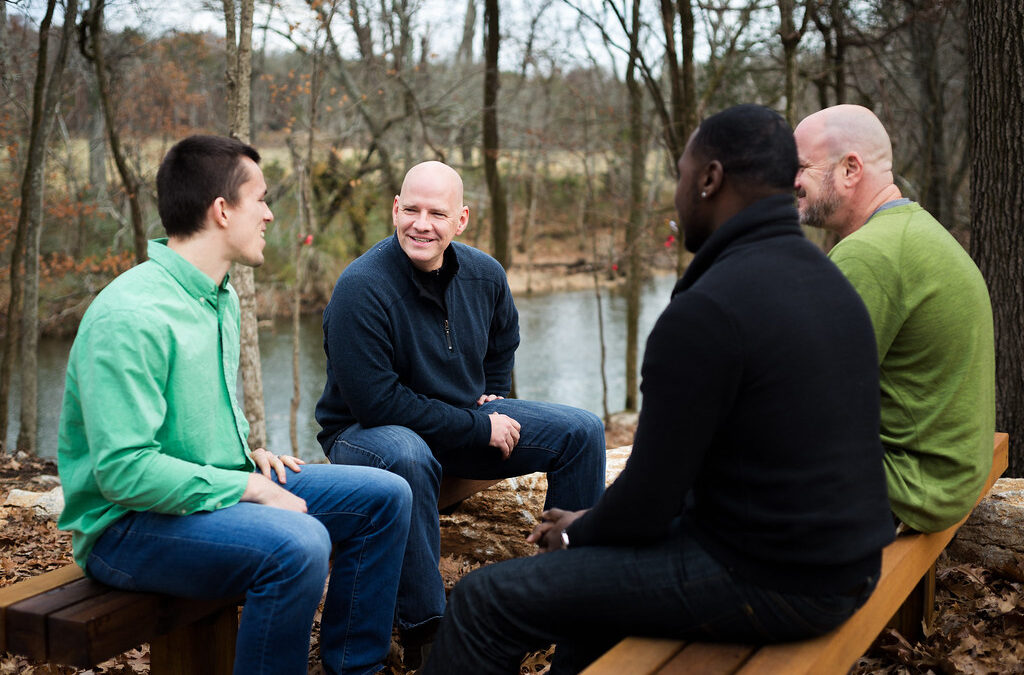Here’s a moment that hits, sometimes quietly, sometimes all at once. You’re scrolling on your phone, maybe at a bus stop, in bed, or between meetings, and suddenly the world’s weight lands on your shoulders. War. Wildfires. Politics. The more you scroll, the heavier it gets. And before long, you’re tapping out.
If you’ve ever felt this way, you’re not alone. This growing sense of news fatigue is part of a global trend. But there is a better way to stay informed without losing hope. Many people say the news makes them anxious or emotionally drained. Others feel overwhelmed by the sheer volume of bad news and powerless at the state of the world.
So what happens when the world’s most connected generations are tuning out?
And more importantly, is there a way back in?
The Case for switching off
It’s not hard to understand why news fatigue has reached new heights. We’re living through a time of back-to-back global crises, each seemingly worse than the last. And with rolling 24/7 coverage and a social media ecosystem built to amplify outrage, the boundaries between staying informed and feeling overwhelmed are increasingly blurred.
Psychologists have even coined a term for it: ‘doomscrolling.’ It’s the compulsive consumption of negative news, often late at night, when our brains are tired but still searching for some form of connection or control.
Dr. Pamela Rutledge, director of the Media Psychology Research Centre, notes that this constant exposure to negativity can skew our perception of the world. “We start to believe the world is far more dangerous or hopeless than it is,” she says. “That mindset doesn’t just impact mental health, it influences how we engage with each other, our communities, and the future.”
And ironically, the more we tune out to protect ourselves, the less connected we feel to the issues that matter, the solutions that exist, and the people working to improve things.
More on self-care? Read our article: ‘7 types of rest’ that you should know
Not just avoidance – but redefinition
So, here’s the twist: a growing number of people aren’t just switching off. They’re seeking out something different. They’re not asking for fluff, escapism, or a feed full of sunshine and rainbows. They just want balance, things that are not all bad and not all good.
In response, we’ve seen the rise of what some call ‘constructive journalism’. These stories still tackle serious issues, but do so through the lens of solutions, progress, and human resilience. News that’s not just true, but valuable. Not just serious, but hopeful.
Finding ways to stay informed without losing hope isn’t about ignoring reality; it’s about choosing how we engage with it and what we let shape our worldview.
This shift is subtle but powerful. It’s why stories about environmental innovation, medical breakthroughs, and social entrepreneurship are starting to trend. It’s why platforms like, yes- The Optimist, have gained traction, especially with readers aged Gen-Z and Millennial audiences.
Because for many, it’s not about avoiding the news. It’s about redefining what we consider ‘newsworthy’ in the first place.
So, what are we missing when we opt out?
Avoiding the news can feel like relief in the short term, like reclaiming your peace, or choosing yourself over a flood of helplessness. But over time, the gap it creates can quietly grow.
You stop hearing the wins, slow, improvements in global poverty, climate adaptation, and cancer research. You lose track of progress, and in doing so, you lose a bit of hope and connection.
And hope, it turns out, is more than just a feeling. It’s a motivator. When people take action- solving problems, helping others, creating change- it activates something. We’re more likely to share those stories. We’re more likely to feel like our actions matter, too. Because, well, they do.
Positive news isn’t about pretending the bad doesn’t exist. It’s about refusing to let it be the whole story.
Want more like this? Read: Uplifting Users: 3 Instagram Handles you should follow to brighten up your feed
So how do you build a healthier relationship with news?
If you’ve found yourself switching off from the news, you’re responding to a system that wasn’t designed with mental wellbeing in mind. But that doesn’t mean you have to stay disengaged. There are ways to reconnect on your own terms.
Here are a few ways to start:
Set boundaries with your scroll
Check the news once or twice a day, and not right before bed. You don’t need to know everything, all the time. Curate your sources and give yourself permission to log off.
Balance your feed Follow outlets or creators that highlight innovation, creativity, and impact. (Not just The Optimist– but we’re flattered.) The goal isn’t toxic positivity. It’s balance.
Focus on stories with action
Seek out journalism that shows how people are responding to issues, not just reacting to them. Look for what can be done, and what’s already being done.
Engage at your pace Podcasts, newsletters, or longform articles can be more digestible than doom-laden headlines. Sometimes, slowing down how you consume helps you absorb more, and stress less.
Talk about it
You don’t have to carry the news alone. Talking about what you’ve read, and how it made you feel, can help make sense of it all. Sometimes, someone else’s perspective is the thing that reframes it.
So… is optimism a radical act?
In a word? Yes.
To believe the world can be better, especially when the evidence feels scarce, is brave. To share stories of progress, to seek out kindness, to care about solutions instead of succumbing to apathy, that’s resistance, too.
We don’t have to ignore the hard stuff. But we do have a choice in how we engage with it. And maybe, that’s the most powerful thing we’ve got.
So next time you find yourself hovering over the news app, wondering if it’s worth it- maybe the better question isn’t “Can I handle this?” but “Is this the full picture?”.
Because the good is still out there. It’s just quieter. Until we decide to listen.



